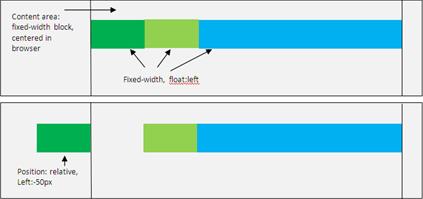One
question that occurs to almost everyone looking for web design &
development, is,
whether to go for an Open Source CMS such as WordPress, Joomla or Drupal or get
a custom content management system
developed for the website. The answer is simple, if you are looking for a
unique and distinctive website with features relevant to you requirement, you
have to go with Custom CMS website development services.
Some of the
major advantages of a Custom CMS are…
- Possibilities
The true beauty of a sculpture reflects when the artist’s hands shape itand
not a predefined mold... similarly, in web development, when your website is developed
with a custom CMS; you get the benefit of enhanced possibilities. There is no
design or functionally related limitations, which allows the developer to create
the website exactly the way you imagines it.
- Design Freedom
Unlike open source CMS; custom CMS
enables you to design the website and all the elements within it in your own
way. There is no plug-ins to be added and you can make every website element
look in line with your customized theme. There have been instances where the
plug-ins have not been updated or discontinued which affects all the websites
they are being used in. But, with a custom CMS, you never have to worry about
updating stuff.
- Secure
The term “Open Source” in itself explains the vulnerability of the system.
Custom CMS is comparatively far more secure as the coding is custom and cannot
be easily hacked.
- Scalable
Custom CMS allows you to integrate/ connect your website with other
applications such as CRM, ERP, and other custom web applications.
Therefore, while
making this decision, consider carefully what you need and what you will get.
Source: http://www.stercodigitex.com/blog
Source: http://www.stercodigitex.com/blog
